14 Aug 2021 - {{hitsCtrl.values.hits}}
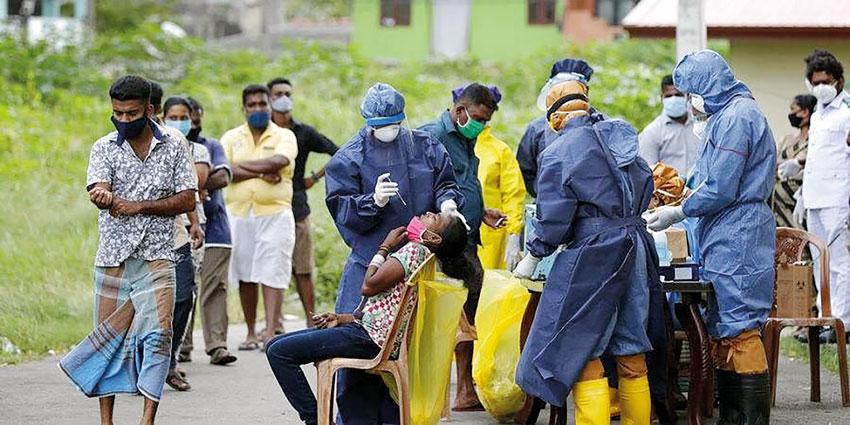
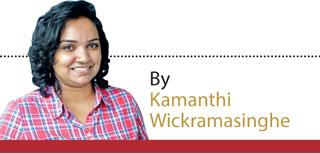 The public continues to question the accuracy of statistics revealed by the Health Ministry with regards to the number of COVID positive cases reported from around the country. While these aren’t mere numbers but actual people, local health officials questioned government authorities on where the ‘missing cases’ were. Even though authorities claimed that there are no missing cases it is rather disturbing to see that lesser numbers are being added to official documents. With the absence of a proper data management system nobody really knows who is making blunders and whether these are genuine human errors or deliberate mistakes to fool the public.
The public continues to question the accuracy of statistics revealed by the Health Ministry with regards to the number of COVID positive cases reported from around the country. While these aren’t mere numbers but actual people, local health officials questioned government authorities on where the ‘missing cases’ were. Even though authorities claimed that there are no missing cases it is rather disturbing to see that lesser numbers are being added to official documents. With the absence of a proper data management system nobody really knows who is making blunders and whether these are genuine human errors or deliberate mistakes to fool the public.
Errors galore
Within the last nine days the Health Ministry reported 3615 COVID positive cases from Gampaha District, but local officials claimed that 12,750 COVID patients have been reported from Gampaha District during that period. On Wednesday (August 11) Eastern Province Health Services Provincial Director Dr. R. M. Thowfeek said that 837 cases were found in the Eastern Province on Tuesday (August 10) but that it didn’t tally with the 194 cases reported by the Health Ministry’s Epidemiology Unit. As such 342 patients were identified from Batticaloa, 227 from Ampara, 105 from Kalmunai and 163 from Trincomalee. However, according to the Epidemiology Unit the numbers for Tuesday in the Eastern Province were 45 patients from Batticaloa, 78 from Ampara and Kalmunai and 71 from Trincomalee.
When contacted Central Province Health Services Director Dr. Nihal Weerasooriya said that during the last 24 hours 305 COVID patients were reported from Kandy, 159 from Nuwara Eliya and 114 from Matale. But according to the records released by the Health Ministry on the number of positive cases from 6.00 am on August 12 to 6.00 am on August 13, 53 patients were reported from Kandy, 13 from Nuwara Eliya and 113 from Matale.(see pic)
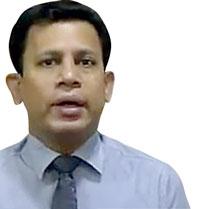 “There needs to be an Information Management System in place and the Ministry of Health is not appointing someone who has the knowledge on information technology to handle the system. This shows the monopoly of the Ministry. You cannot gather information manually at this point. Therefore there’s no method to forecast data and get a summary of the situation at hand.”
“There needs to be an Information Management System in place and the Ministry of Health is not appointing someone who has the knowledge on information technology to handle the system. This shows the monopoly of the Ministry. You cannot gather information manually at this point. Therefore there’s no method to forecast data and get a summary of the situation at hand.”
– Ravi Kumudesh
No method to forecast data 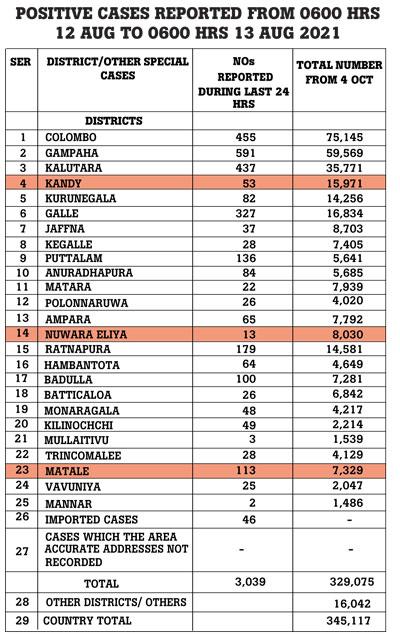
“There’s a system error and a virus cannot be controlled in this manner,” opined Association of Laboratory Technologists President Ravi Kumudesh. “There needs to be an Information Management System in place and the Ministry of Health is not appointing someone who has the knowledge on information technology to handle the system. This shows the monopoly of the Ministry. You cannot gather information manually at this point. Therefore there’s no method to forecast data and get a summary of the situation at hand.”
“An App by the name ‘Supariksha’ was introduced to the Laboratory sector but it hasn’t been activated to date,” he further claimed. “Through this app, information could be obtained from the field to the Laboratory and vice versa. But they are keener on looking at who would get a commission or who would benefit from the App. With wrong statistics the government will not be able to take any accurate decision. All decisions should be based on data and statistics. We have been battling against the pandemic for one and a half years but we still haven’t managed to get proper statistics. This is a worrisome situation.”
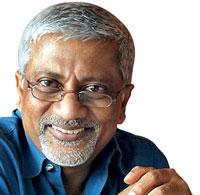 When the numbers from Gampaha were announced it showed that a large number of cases have been missed. Then at the press conference the health officials said that they will give an answer. My opinion is that the doctors who are in the decision-making level have the power to give an answer. But when we heard the story from Eastern Province where a regional health director said that the numbers don’t match up, it clearly is a disturbing situation.”
When the numbers from Gampaha were announced it showed that a large number of cases have been missed. Then at the press conference the health officials said that they will give an answer. My opinion is that the doctors who are in the decision-making level have the power to give an answer. But when we heard the story from Eastern Province where a regional health director said that the numbers don’t match up, it clearly is a disturbing situation.”
Prof. Rohan Samarajiva
A disturbing situation
“We need to have a certain degree of trust in the government and for that we rely on data,” opined Prof. Rohan Samarajiva, Policy specialist and founding chair of LIRNEasia, a digital policy and regulation think tank active across emerging Asia and the Pacific. “When the numbers from Gampaha were announced it showed that a large number of cases have been missed. Then at the press conference the health officials said that they will give an answer. My opinion is that the doctors who are in the decision-making level have the power to give an answer. But when we heard the story from Eastern Province where a regional health director said that the numbers don’t match up, it clearly is a disturbing situation.”
“If you take a calculation such as that of excess deaths – Estimates of excess deaths can provide information about the burden of mortality potentially related to the COVID-19 pandemic, including deaths that are directly or indirectly attributed to COVID-19. Excess deaths are typically defined as the difference between the observed numbers of deaths in specific time periods and expected numbers of deaths in the same time periods. With a modeling, you can get the normal death expectation. Then you can look at the actual number of deaths and compare the difference. But here there’s a situation where all deaths are not related to COVID. The numbers from India were horrendously understated on the basis of excess deaths methodology. If we look at the excess deaths calculations for Sri Lanka we would find that the numbers have been understated. Different parts of the government are saying different things.”
When asked about the absence of a proper information management system Prof. Samarajiva that a number of databases are in operation within the state health system. “I must say that in some cases they are more advanced than the private sector. The Epidemiology Unit, Health Promotion Bureau and the Malaria Unit have project based systems. But these systems haven’t been integrated. So on one part it is a technical issue and on the other part it’s a cultural issue. We have some of the best doctors who have published their research on renowned journals but they seem to be possessive about data.”
Speaking about modeling and predictive strategies, he said that at the beginning of the lockdown they were bidding for research and spoke to a lot of people in the health system. “We were looking at ways to use big data analytics and algorithms to spot geographical areas where COVID patients would be found. Any government hospital collects data about patients who have been admitted for various diseases. Then there are only two ways in which they would leave the hospital. So whether they were cured or not will also be recorded. The doctor then makes a note of the reasons for discharging the patient. So if these data were available we can do models. But on the other hand, even if facts were available the reallocation of ventilators and ICU beds from one hospital to another may not happen unless two doctors at two hospitals are known to each other etc. Therefore, if you go with models, this process doesn’t work either and I realized that it will not work in Sri Lanka. In order to do models you need people with data science knowledge and the proper skill sets.”
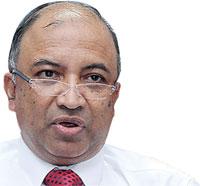 Some hospitals report to the Health Ministry and others report to the Epidemiology Unit. Therefore we need to eliminate duplicate. One doctor questioned what happened to the missing cases but there were no missing cases. All data has been entered to the database.”
Some hospitals report to the Health Ministry and others report to the Epidemiology Unit. Therefore we need to eliminate duplicate. One doctor questioned what happened to the missing cases but there were no missing cases. All data has been entered to the database.”
Dr. Hemantha Herath
Matter rectified
Responding to a query on discrepancies in statistics Deputy Director of Health Services Dr. Hemantha Herath said that the matter has already been rectified. “The data were coming from different sources and they had to be verified to ensure accuracy. Earlier we got data about patients who tested positive COVID after they did PCR tests at laboratories. Initially there were only few labs doing PCR tests but now Antigen tests are also being done. Some hospitals report to the Health Ministry and others report to the Epidemiology Unit. Therefore we need to eliminate duplicates. One doctor questioned what happened to the missing cases but there were no missing cases. All data has been entered to the database.”
28 Dec 2024 2 hours ago
28 Dec 2024 2 hours ago
28 Dec 2024 3 hours ago
28 Dec 2024 3 hours ago